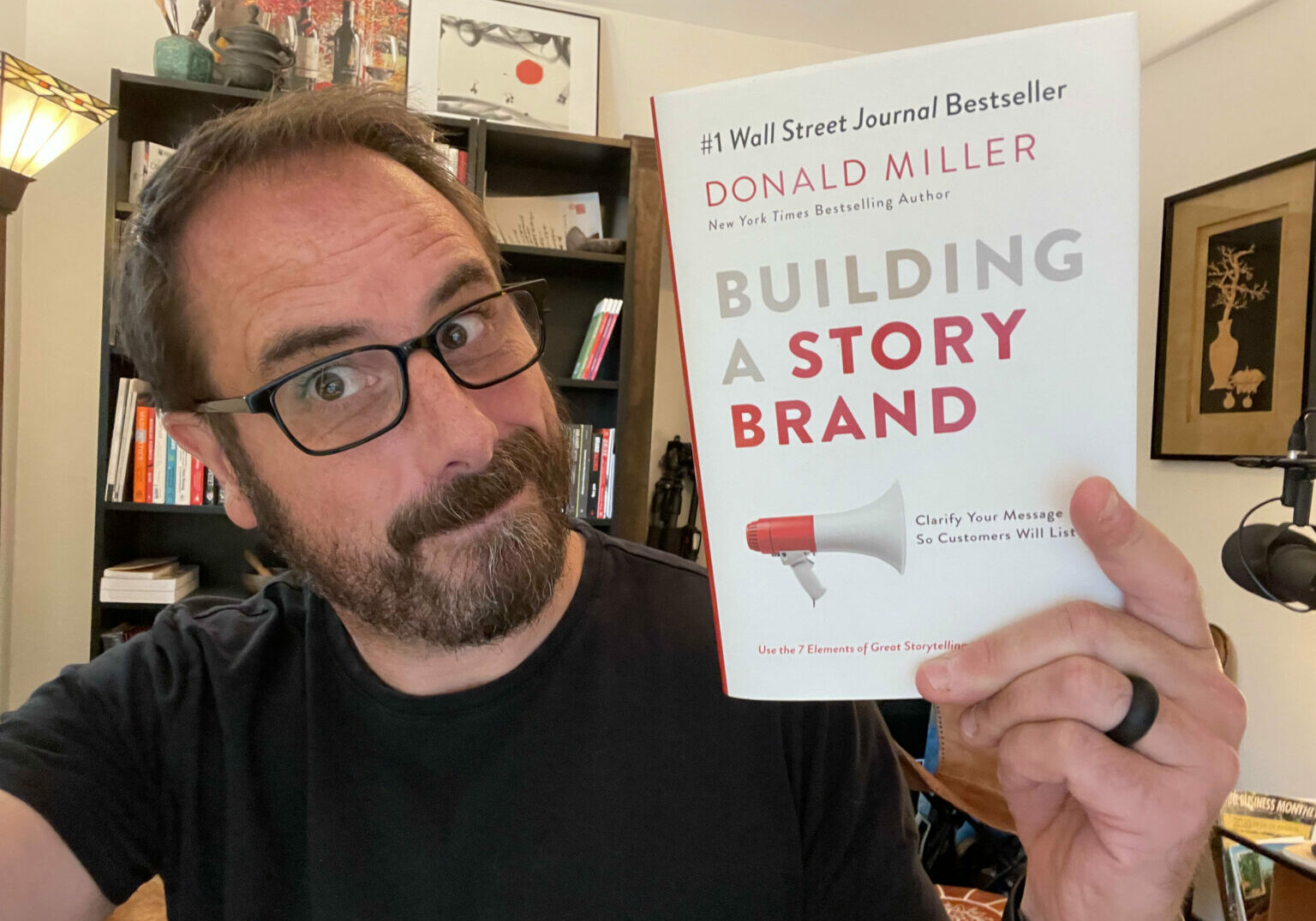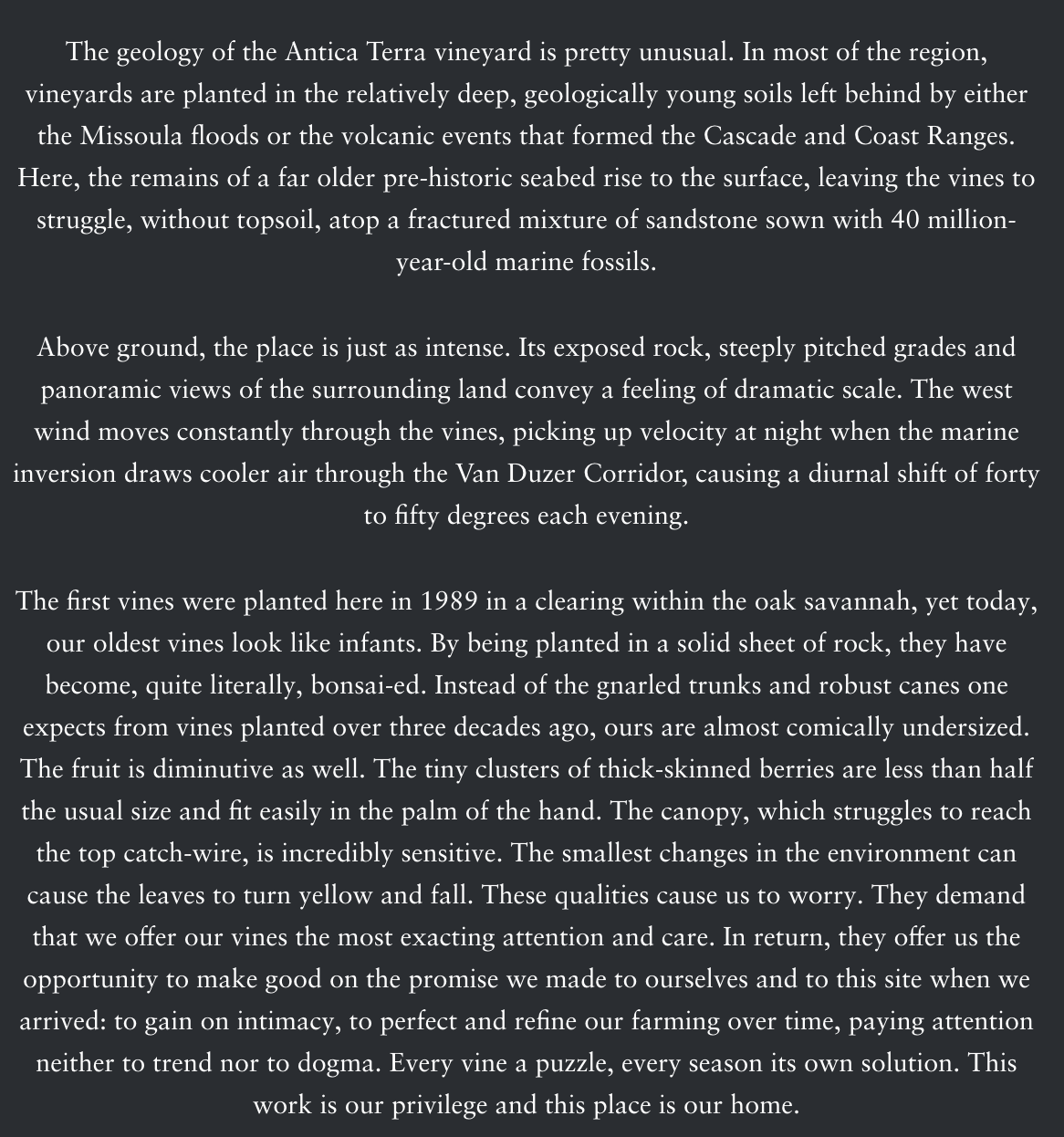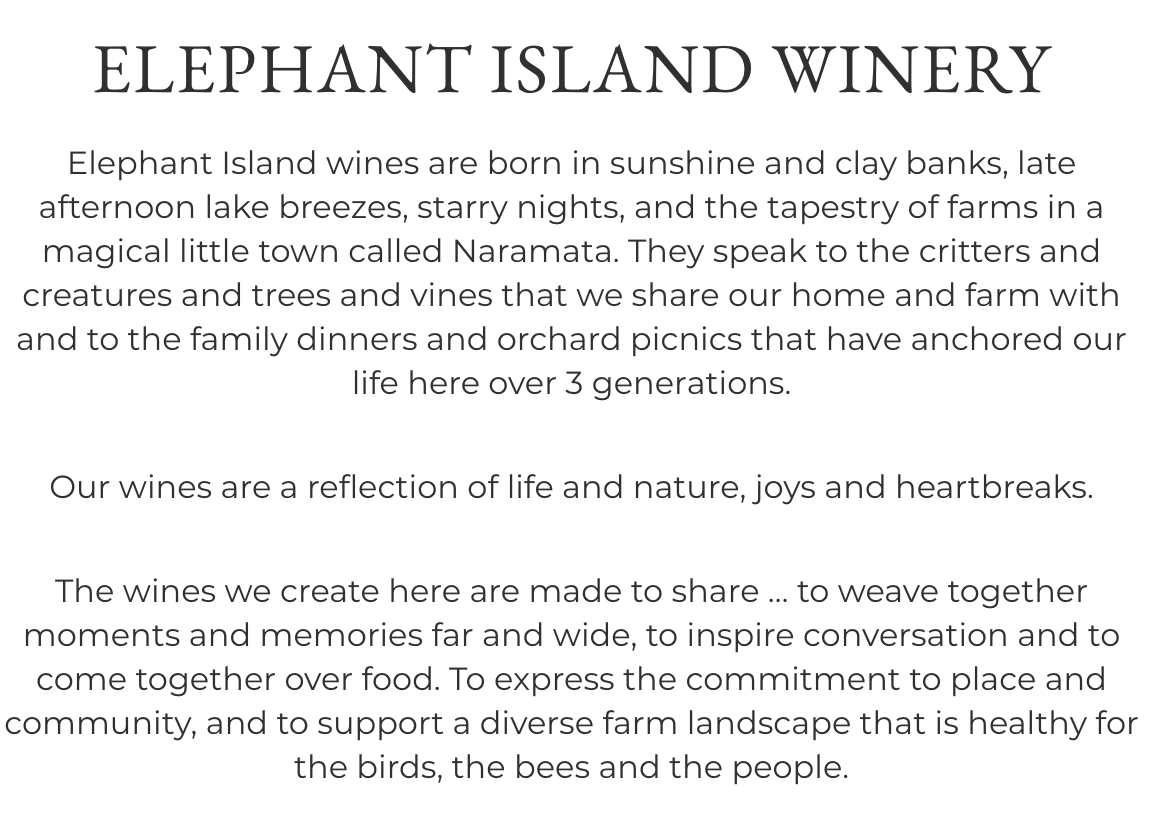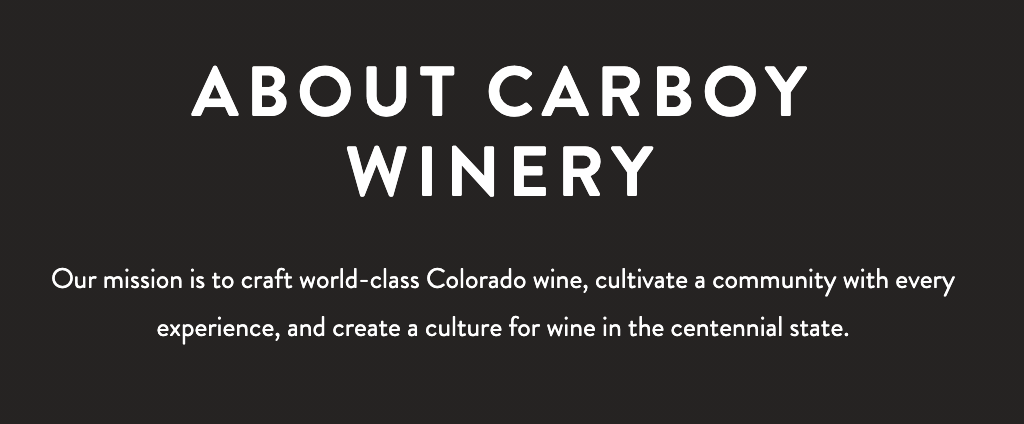Key Action Steps for Winery Owners to Take From Donald Miller's Book "Building a Story Brand"
Have you ever heard of the Story Brand Framework? Created by author Donald Miller, this marketing framework is a popular one among marketers and small business owners alike. Specifically, this framework is explored in Miller’s book “Building a Story Brand: Clarify Your Message So Customers Will Listen” and is broken up into a seven-section process for creating an excellent brand message and story. This book outlines the Story Brand Framework in its entirety and breaks down how to use this framework to structure your brand message with story-driven actions and processes. With a little know-how from this book and framework, you might be surprised by how radically your communication practices in your content marketing strategy will improve!
In this guide, we’ll include a summary and review of Donald Miller’s book“Building a Story Brand: Clarify Your Message So Customers Will Listen”, as well as a few actionable ways to incorporate the story brand framework for wineries to create a more cohesive brand message through storytelling.
Donald Miller’s “Building a Story Brand” is an excellent guide to marketing with storytelling, and it is perfectly applicable to those in the wine industry. Our review will summarize some important parts of this great little book, as well as a few actionable ways you can implement what “Building a Story Brand” teaches.
“When we position our customer as the hero and ourselves as the guide, we will be recognized as a trusted resource to help them overcome their challenges. Positioning the customer as the hero in the story is more than just good manners; it’s also good business.” - Donald Miller, Building a Story Brand: Clarify Your Message So Customers Will Listen
Building a Story Brand: A Summary
There are seven different sections or steps involved in the story brand framework. These include:
- The Character - Your specific customer base.
- The Character Has a Problem - This problem needs to be solved.
- The Character Meets a Guide - Your brand.
- The Guide Gives Them a Plan - Your products, services, or solutions.
- The Guide and Their Plan Calls Them to Action - Beginning of the buying process.
- The Plan Ends in Success - They make an actionable decision.
- The Plan Helps Them Avoid Failure - They know what will happen if they don’t make a purchase.
However, these seven steps can be summarized into five smaller, simpler steps towards becoming an excellent storyteller. It’s worth noticing that Miller’s book focuses less on the broad notion of storytelling in business and focuses more on creating a brand message that is expressed effectively through storytelling to potential customers. If this sounds like something your brand needs a bit of help with, then Miller’s book could be a great read for you!
Let’s break down the five major takeaways from the story brand framework.
“So what’s your message? Can you say it easily? Is it simple, relevant, and repeatable? Can your entire team repeat your company’s message in such a way that it is compelling? Have new hires been given talking points they can use to describe what the company offers and why every potential customer should buy it?” - Donald Miller, Building a Story Brand: Clarify Your Message So Customers Will Listen
1 - Always use storytelling to clarify your overall brand message.
Your customers will always gravitate towards messaging that is clear and not complex or confusing. The story brand framework takes this into consideration. By following the framework, you’ll be able to condense all of your messaging into small, easy-to-digest packages in a linear path. This makes it possible for customers to work less to understand the core concept of your message and understand how your product or service could solve their problem.
This is where we will first use the seven-step framework. Let’s consider a fiction book story, for example, A character needs something. They run into a problem before they can acquire that “something.” With no hope in sight, the character finally makes contact with a guide. This guide provides them with a tangible plan of action and calls them into that action. This action, in turn, helps the character avoid potential failure. The character is successful in solving their initial problem.
This is basically how you should create your brand messaging. Identify your customer. Identify what their problem is or what they need. Position yourself or your brand as their guide and provide them with a solid plan and call to action. Define, in simple terms and excellent storytelling, how your plan and action will help them avoid failure and become successful.
2 - Be a guide instead of a hero.
Your prospective customers aren’t looking for some kind of hero. Rather, they’re looking for a guide or someone to guide them in the right direction. There’s no “saving” here: Just gentle assistance and a nudge in the right direction. The worst mistake many brands make when it comes to this step is that they position themselves as the protagonist or authority in their brand story. You must always position your prospective customer as the hero of your story while also positioning your brand as the guide or “helper.” A brand that is positioned as the hero of their brand story is likely going to come off as salesy and pushy, and we certainly don’t want that.
The two major things a company must communicate to solidify themselves as the helper or guide in their story include empathy and industry authority. A guide will make it known to their target audience that they have a solid understanding of the annoyance and frustration of their “hero”, the customer. In order to become a growth-centered business, you need to stop worrying about your business success and start worrying about the success of your prospective or existing customers.
Antica Terra does a great job of being a guide. In their story called "Place," they share their history. They worry about the changes in the environment but still manage to find the positives. They share their struggles and frustrations and how to learn from them.
3 - Figure out what your customers' real problems are.
Each story our there usually involves a character who is trying to solve a problem or find a key solution to a problem. When marketers correctly pinpoint their customers’ problems or needs, those customers will then recognize their brand as the kind of brand that understands their unique needs and desires. The more that a brand’s messaging talks about the problems that their target audience experiences regularly, the more that target audience will become interested in that brand’s offering.
Businesses often opt to sell solutions that tackle external problems. However, many customers tend to purchase solutions to internal issues. Because of this, it is best to position your brand’s products and services in a very specific way that helps your target audience tackle a core problem or address another more “internal” need.
If we as marketers and business owners can pinpoint our customers’ relevant internal needs, turn them into a story, and offer a tangible and simple way to resolve those needs along with the customers’ external problems, something magical can happen. Your messaging becomes so much more effective in an instance. It becomes possible, finally, to relate with your prospective or existing customers because you have positioned yourself into their specific narrative and recognize their problem.
4 - Be a part of your customers' transformation and changes.
Many businesses tend to position themselves as the “main character.” Others, unfortunately, position themselves way too far away from the solution segment of the customer journey. More businesses need to position themselves closer to their customers during the “transformation” stage in order to make it clear that they are there for their customers through the entirety of their customer journey. This, too, should be a focus within messaging and branding.
The need to revolutionize and transform is a major force behind a vast majority of decisions human beings make. Whether someone is purchasing a home or deciding on what to eat for dinner, the need to make a decision and transform is a part of everything. Every person out there wants to be a different person, a superior person that makes good decisions.
There are a couple of key questions marketers and business owners have to ask themselves when they are trying to represent their brand: Who is the person our customer base wants to eventually become? What kind of person do our customers want to be? What is the identity that they aspire to have?
The most concise way to identify a potential ideal identity that your prospects might be attracted to is to think about how they want their peers to talk about them when they aren’t around. This seems odd, but take the time to consider it: When other people, such as friends, family, strangers, or superiors, talk about you when you are not around, what do you want those people to say about you? Whatever answer you come up with may provide more insight into who you actually want to be than you might expect.
So what exactly does this have to do with branding and storytelling? When it comes to your brand, think about how your potential customer would like to be perceived by their peers. Is it possible for you to help them eventually become that persona? Can you tangibly take place in their total transformation? Figure out who your customers want to be, then use that in your branding and messaging.
A good example of being transformative and promoting positive change is Elephant Island Winery. Their website shows their commitment to a healthy and diverse environment. They describe how their wines reflect their values and encourage a sense of community.
5 - Create a single sentence line for your brand.
A single-line mission statement is an absolutely fantastic way to answer this core question that your customers and potential customers might have: “What exactly does your brand do?” A single-line statement is often more than a throwaway tagline to tack onto your business cards. Rather, it’s a single, intense statement that can help your prospective customers discover why they need your brand’s offering of products or services. To create a one-liner that is extremely compelling and attention-grabbing, you’ll need to use a watered-down version of the seven-step story brand framework.
Instead of the seven original components, you will only need the main character, the problem, the guide’s plan, and the potential success for creating your one-liner statement. Your single statement should effectively communicate all of these main ideas. Ask yourself: Who is your brand’s ideal customer? What exactly is the problem they are having? What exactly does your plan do to help them solve this problem? What will their future, rich with success, look like after you have effectively helped them?
Let’s consider an example to make this easier to understand. For this example, the brand is doggie daycare. Their one-liner outline might look something like this:
- Character: Dog owners
- Problem: Their dog has separation anxiety now that their owner is returning to the office after working from home for a year.
- Plan: Daily, affordable daycare that socializes the dog and improves their health.
- Future: Their dog no longer has separation anxiety.
The potential one-liner could look something like this: “We help anxious dogs gain independence and life-long confidence through daily doggie daycare playdates and socialization.”
Let’s consider a more relevant example involving wineries.
- Character: Wine fan
- Problem: Can’t find a winery that offers daycare services during wine tastings.
- Plan: A winery provides daycare services free of charge for members.
- Future: The wine fan can enjoy a wine tasting without having to get a babysitter.
The potential one-liner could look something like this: “We offer in-house daycare services for wine aficionados with families who want to enjoy the rustic experience of our winery.”
This is definitely a rough draft, though. When you come up with your initial statement, test it regularly. You can use A/B testing, ask people on the street, get input from friends, etc. If it doesn’t stick, simplify it further or scrap it altogether. The beauty of this messaging is that it is easy to come up with and requires minimal testing to find the ideal final one-liner. If you find that strangers are asking for more information about your brand, you’ve found the perfect message!
At Carboy Winery, they share their mission to bring world-class wine to Colorado. They describe what they want to do and how they plan to do it.
So, what do we think? Should you read "Building a Story Brand?"
“Your website is likely the first impression a potential customer will receive about your company. It’s almost like a first date. The customer simply needs to know that you have something they want and you can be trusted to deliver whatever that is.” - Donald Miller, Building a Story Brand: Clarify Your Message So Customers Will Listen
“Building a Story Brand” by Donald Miller is likely going to be one of the best branding and overall business messaging books you’ll read. Miller does an excellent job at showing marketers and business owners how to actually use storytelling to make their messaging and branding so much more simple and very effective. It’s a book that is straightforward with little fluff. Each part of this book branches off of the seven key steps of the framework, so it’s easy to follow and very easy to understand and remember. If you are having a difficult time improve your brand story, this book is definitely worth checking out!
About Donald Miller
“When we position our customer as the hero and ourselves as their guide, we will be recognized as a sought-after character to help them along their journey. In other words, your audience is Luke Skywalker. You get to be Yoda. It’s a small but powerful shift. This honors the journey and struggles of our audience, and it allows us to provide the product or service they need to succeed.” - Donald Miller, Building a Story Brand: Clarify Your Message So Customers Will Listen
Donald Miller is an author, public speaker, and business owner known for being the CEO of the marketing company StoryBrand. While mostly known for his religious and spiritual books on self-discovery, namely “Blue Like Jazz”, Donald Miller has also sold numerous bestselling books on business and marketing. He also runs the Story Brand website and podcast.

If you enjoyed our review of this stellar business book and learned a lot about storytelling with Donald Miller, you may enjoy some of his other works. Some of his best sellers include “Business Made Simple” and “Marketing Made Simple.”
Supercharge your winery's marketing with Donald Miller's Story Brand Framework
Donald Miller's story brand framework provides a handful of fantastic actionable steps that winery owners and marketers can use to boost their storytelling prowess, cultivate a great brand message, and create a fantastic wine brand story:
- Understand the seven steps of the story brand framework and how they play into a fully-fledged story. How can your winery's story capture the attention of readers?
- Always use storytelling to clarify your overall brand message. Every piece of copy you draft for your brand message should be done through the context of telling a story. To put to seven-step framework into simple, applicable terms: Identify your customer. Identify what their problem is or what they need. How can you position yourself or your brand as their guide? You can provide them with a solid plan and call to action Define, in simple terms and excellent storytelling, how your plan and action will help them avoid failure and become successful.
- Be a guide instead of a hero. It might seem intuitive to position your brand as the main character. However, every potential customer or prospect that is looking for a solution to a problem already sees themselves as the main character. How can you reflect this in your storytelling? Your brand is the guide or helper that offers a plan or solution to their problem. The hero, or customer, is the one that ultimately makes the decision to solve their problem with your product.
- Figure out what your customers' real problems are. We established that the customer is the hero of the story and your brand will be the guide that provides the plan and call to action. However, it's not possible to deliver an effective plan if you don't know what your customers' problems actually are. Many businesses focus on external problems. However, many customers want solutions (and pay money for those solutions) for their internal problems. What are the internal problems and core needs of your customer base? How does it reflect their harrowing experience with a specific problem in your messaging? It's all about relating to your customer on a human level.
- Be a part of your customers' transformation and changes. Everyone wants to be somebody. This need runs deep, and it definitely runs deep in your potential customers. Your customers want to be someone better, faster, smarter, etc. However, it can be difficult to understand exactly what they want to be. What do potential customers want their peers to say when they are not around? This can provide so much insight into the aspirational identity of your target audience. Once you've made this discovery, incorporate it into your messaging, especially direct communications with your customer base.
- Create a single sentence line for your brand. What describes your winery? This isn't just a slogan or some kind of tagline that pops up on your website homepage. This is the core of your brand. It's the statement that entices your audience and makes them consider, "Do I need this product or service?" Instead of the seven original components, you will only need the main character, the problem, the guide’s plan, and the potential success for creating your one-liner statement. Your first draft will likely not be your final draft.
In addition to the key actions on the story brand framework for wineries we’ve noted above, we simply have to recommend reading Donald Miller’s book “Building a Story Brand” in full! This book goes into great detail about the story brand framework and includes plenty of examples of successful stories.
If you're looking to take your winery's storytelling to the next level, book a consultation call today! Let us know how we can help you develop a storytelling and branding strategy for your winery.



